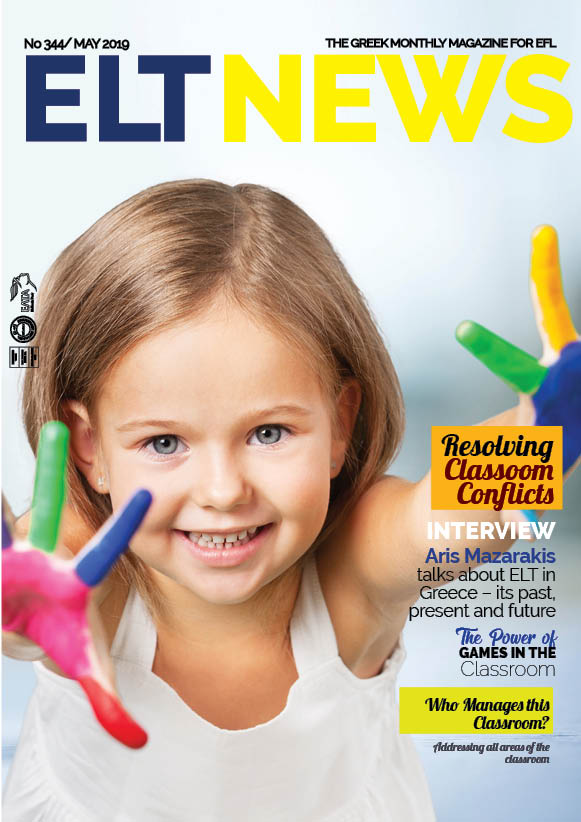Improve Classroom Behaviour
We need a culture where pupils learn from their behaviour mistakes as much as from academic ones. I have no issues with the fact that clear structures need to be in place in schools to challenge negative behaviour and promote positive behaviour. In fact, children who have the most extreme emotional and behavioural needs are often the children who benefit most from clear structures in schools.
However, alongside these structures there also needs to be a positive culture for learning. In the same way that we can encourage children to learn from misconceptions in maths, we should use negative behaviour experiences as a tool to learn and improve behaviour. This cannot be done in a culture that relies on compliance and sanctions. Instead, it needs a culture built on the following:
1 Positive role models
Children will come to value the things that their teachers value. For example, if you value tolerance, patience and effort, they will learn to value – and enact – the same. We cannot expect our children to behave and learn in a positive way if they do not see that reflected in the behaviour and learning of the adults who work in the school. Share your passion, creativity and imagination with the children and you will nurture passionate, creative and imaginative learners.
2 A calm and safe learning environment that encourages children to take risks and learn from their mistakes
Children should have opportunities to understand that mistakes represent positive learning opportunities. Children should feel happy and confident in their classrooms and should be able to trust that their teachers will always do their best for them.
Give your children opportunities to make choices, to be creative and think creatively, and to take measured risks that support their learning. Their learning environment should be engaging and exciting for them.
“Give your children opportunities to make choices, to be creative and think creatively, and to take measured risks that support their learning. Their learning environment should be engaging and exciting for them.”
3 Nurture an environment that encourages mutual respect for all
As the lead learner in the classroom, demonstrate the values that you expect to see in your children, particularly in terms of their interaction and respect for each other.
If you disrespect pupils – which is surprisingly easy to do if you don’t think through your interactions or understand your pupils – they will do the same to each other.
4 Respect and value all the contributions and efforts of your children
Ensure that every child has a voice in your classroom and enable them to feel confident that they are able to share their opinions, thoughts, learning, fears, and so on, with each other. If you exclude, be it unconsciously or otherwise, your pupils will too.
5 Understand and be aware of external factors in your children’s lives
The greatest single impact on a child’s learning and development is their self-esteem and how they see themselves as learners. Our teaching and learning in the classroom has to reflect the significance of each child’s personal, social and emotional development and the impact that this has on learning.
As such, it is essential that you understand your children and all their needs, and this will include external factors that may affect them. Poor behaviour doesn’t just happen, there is always a reason for it.•
View a sample of May's issue here
